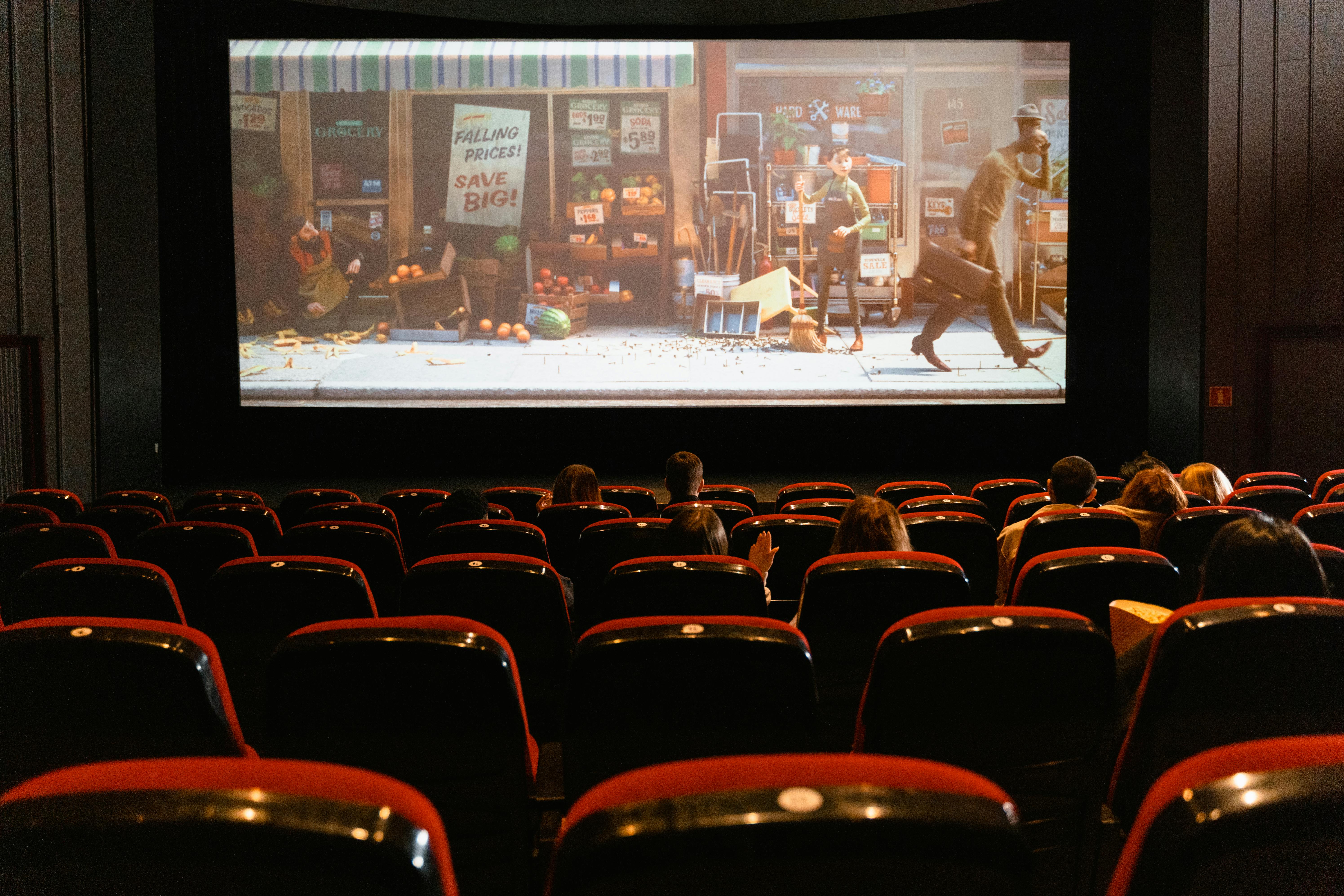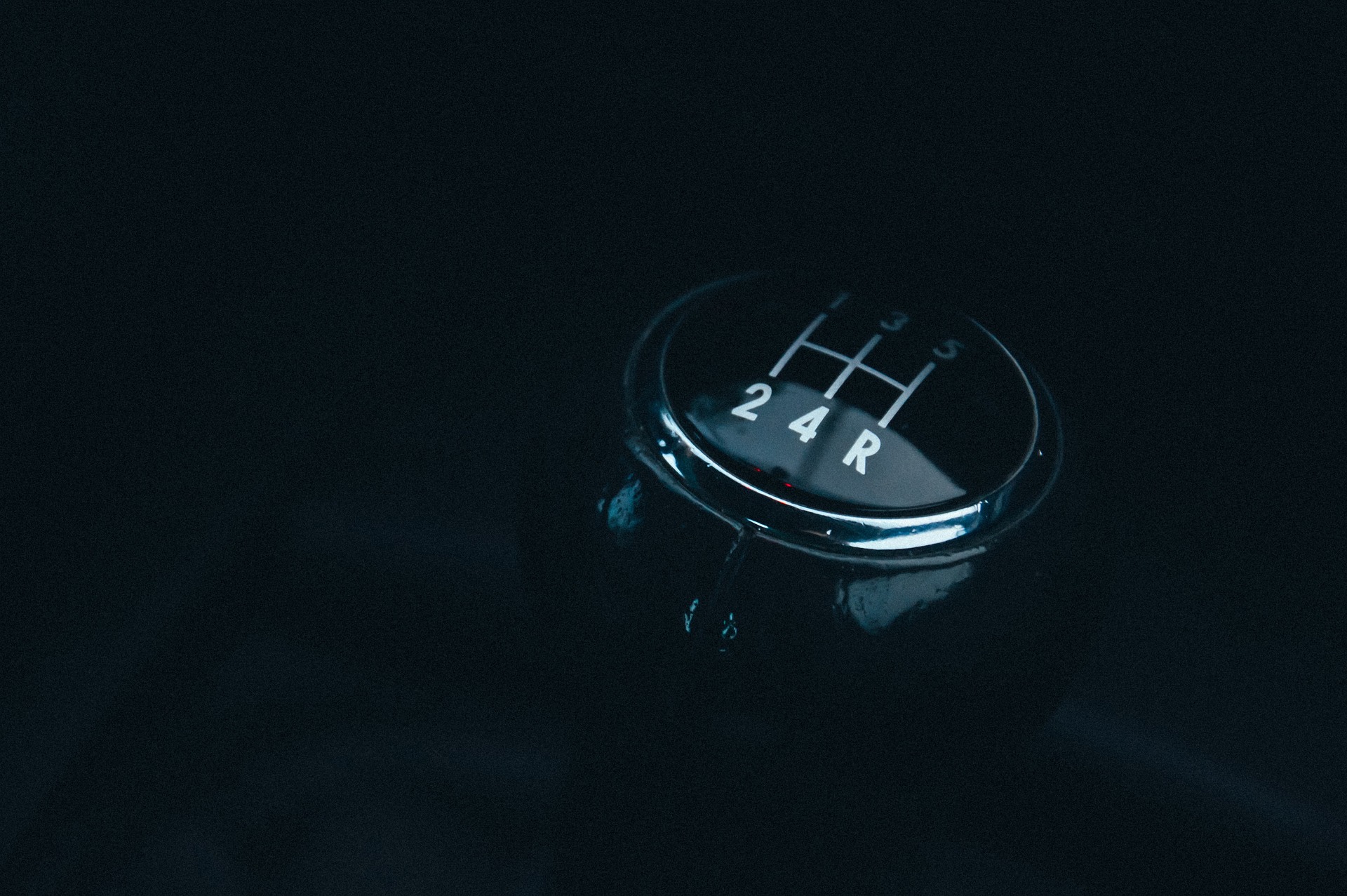Breaking Down the Intricacies of Motion Capture Performance
Introduction: Delve into the transformative world of motion capture performance in film and theatre, an unexplored frontier of artistic expression where technology meets creativity. This article explores the history, current developments, and impact of this unique art form on the entertainment industry.

The Birth and Evolution of Motion Capture Performance
The journey of motion capture performance, often shortened to ‘Mocap,’ began in the late 1970s. It was initially used in biomechanics, sports science, and the military for tracking human movements. However, it wasn’t until the 1990s that this technology found its way into the entertainment industry, with films like “The Abyss” and “Terminator 2: Judgment Day” using early forms of motion capture for visual effects.
Current Landscape and Technological Advancement
Today, motion capture performance has drastically evolved, providing an intricate blend of human performance and digital animation. An actor adorned with markers or sensors performs, and their movements are recorded and translated into a digital model. Recent films like “Avengers: Endgame” and “The Lion King” have employed advanced motion capture techniques to bring their characters to life.
The Art behind the Technology
Motion capture is not just about technology; it’s also about artistry. The actors behind the characters are the unsung heroes who breathe life into these digital creations. Their performances go beyond physical movements, encompassing emotions and nuances that make characters relatable. Actors like Andy Serkis, renowned for his motion capture roles such as Gollum in “The Lord of the Rings,” have played pivotal roles in elevating this art form.
The Impact and Acceptance of Motion Capture Performance
The impact of motion capture performance is profound. It has revolutionized the way characters are portrayed, especially in genres like fantasy and science fiction. However, it has also sparked debates about the authenticity of such performances and their eligibility for awards. Despite this, the acceptance and appreciation of motion capture performance are growing, with actors and critics recognizing its transformative potential.
Future Prospects of Motion Capture Performance
As technology continues to evolve, so will motion capture performance. The art form is expected to become more refined, with advancements in virtual reality and artificial intelligence potentially playing a significant role. Furthermore, its usage is likely to expand beyond cinema, finding increased applications in theatre, gaming, and virtual reality experiences.
In conclusion, motion capture performance is a fascinating intersection of art and technology. As it continues to evolve and redefine the boundaries of artistic expression, it promises a future of endless possibilities in the world of entertainment.





